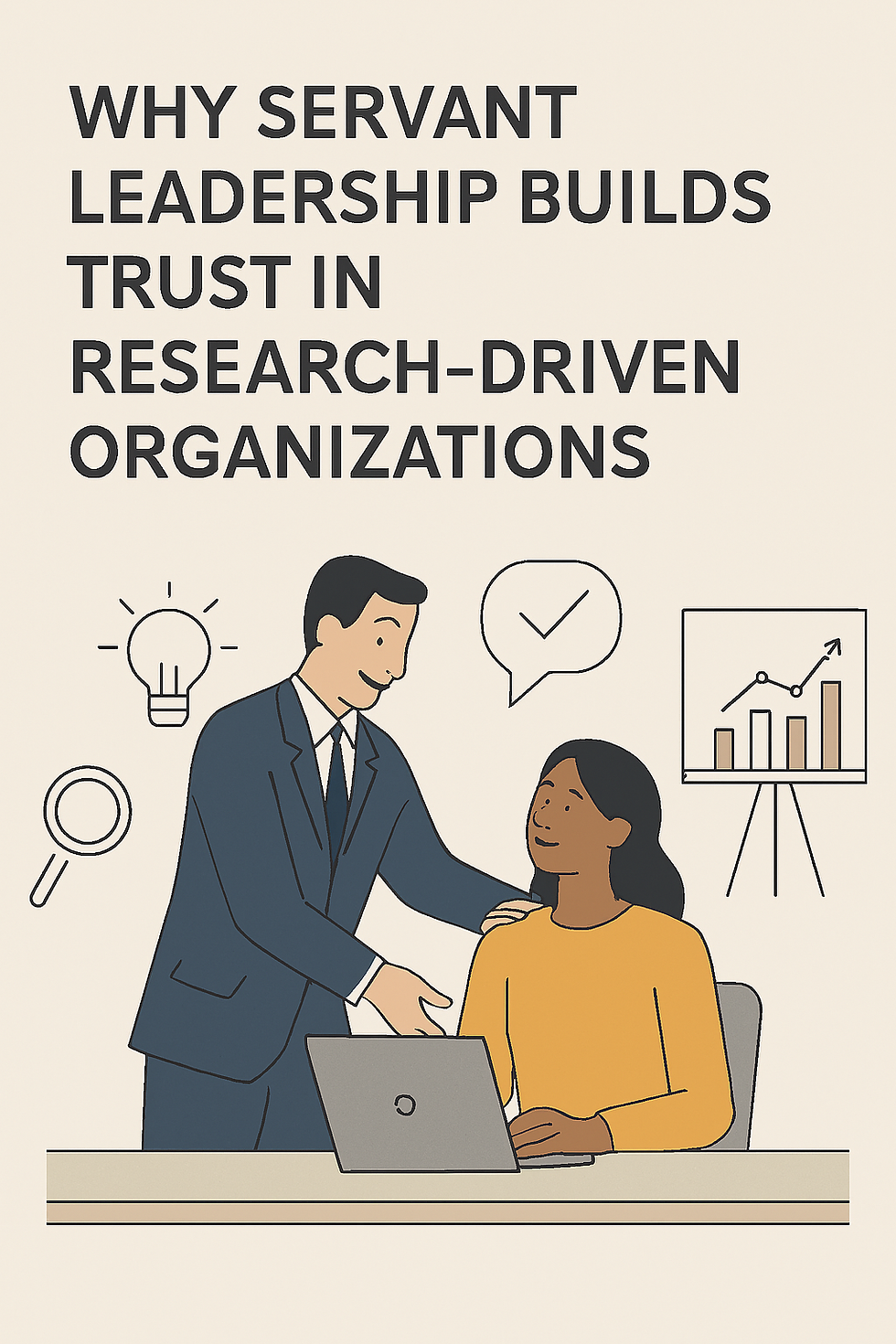UX Research Then and Now: 1999 vs. 2025
- Philip Burgess
- Aug 17
- 3 min read
Updated: Oct 26
By Philip Burgess - UX Research Leader
UX Research has come a long way in just over two decades. In 1999, the internet was still in its early growth phase, mobile devices weren’t mainstream, and many companies were just beginning to explore the concept of “usability.” Fast forward to 2025, and UX Research is a highly specialized, data-driven discipline at the heart of product strategy.
Let’s take a journey back to 1999 and compare how UX Research looked then versus today.
UX Research in 1999: Early Days of Usability
In 1999, UX Research was often called usability testing or human-computer interaction (HCI). It wasn’t yet mainstream, and most companies didn’t have full-time UX researchers. Instead, designers, engineers, or external consultants often conducted usability work.

Characteristics of 1999 UX Research:
Focus on Usability Labs: Research often happened in dedicated usability labs with one-way mirrors, video cameras, and observers taking notes.
Small Sample Sizes: Jakob Nielsen’s “5 users can find 85% of problems” rule was widely cited, leading many teams to test with only a handful of participants.
Limited Methods: Common methods included:
Think-aloud usability testing
Paper prototyping
Cognitive walkthroughs
Heuristic evaluations
Technology Constraints: With dial-up internet, CD-ROMs, and early websites, research focused on basic navigation, readability, and information architecture.
Low Organizational Priority: UX research was often seen as optional or “nice-to-have,” rather than an essential part of product development.
UX Research in 2025: Strategic, Scalable, and Data-Driven
By 2025, UX Research has matured into a strategic business function. Companies recognize that investing in UX directly impacts customer satisfaction, retention, and revenue.
Characteristics of 2025 UX Research:
Embedded in Product Teams: Dedicated UX researchers sit within product squads, working alongside designers, product managers, and engineers.
Diverse Methods: Today’s toolkit goes far beyond usability tests:
Diary studies, ethnography, and field research
Large-scale surveys (NPS, SUS, CSAT)
Tree testing, card sorting, and first-click testing
Remote unmoderated testing
Eye-tracking and biometric testing
Quantitative analytics from tools like Google Analytics, Hotjar, and FullStory
AI and Automation: Artificial intelligence now powers automated transcription, sentiment analysis, tagging, and even insight generation. Researchers spend less time on logistics and more time on synthesis.
ResearchOps and Repositories: Insights are centralized in research repositories (like Dovetail or Notion), ensuring organizations don’t lose knowledge and can scale research efficiently.
Global and Inclusive: Remote platforms enable testing with participants worldwide, ensuring research reflects diverse perspectives. Accessibility testing is no longer optional—it’s standard practice.
Business Impact: Research is measured not only by insights but also by ROI—how findings improve conversion rates, retention, and customer satisfaction.
Key Differences at a Glance
Lessons Learned
From Small to Scalable: What started with five users in a lab has grown into global-scale testing with hundreds or thousands of participants.
From Optional to Essential: UX research is no longer a side activity; it drives decision-making in product roadmaps.
From Manual to Automated: AI and digital platforms now handle much of the heavy lifting, freeing researchers to focus on strategy.
From Narrow to Holistic: Instead of focusing solely on usability, research now considers accessibility, inclusivity, and long-term customer experience.
Final Thoughts
UX Research in 1999 was about proving that usability mattered. UX Research in 2025 is about proving value at scale—tying user insights directly to business outcomes.
The discipline has evolved from lab-based testing into a global, data-driven practice that blends qualitative empathy with quantitative rigor. And with AI, automation, and democratization on the rise, the future of UX Research looks even more integrated, impactful, and essential.
Philip Burgess | philipburgess.net | phil@philipburgess.net




Comments